What is a Subnet Blockchain 2024?
Blockchain innovation has revolutionized the computerized scene, what is a subnet blockchain, advertising decentralized and secure arrangements to different businesses. Inside blockchain engineering, the concept of subnets plays a pivotal part, contributing to versatility, proficiency, and security. In this article, we dive into the complexities of subnet blockchains, investigating their definition, usefulness, points of interest, and applications.
Understanding Subnets in Blockchain
Definition of Subnet
In blockchain phrasing, a subnet alludes to a subset of hubs inside a bigger organization. These hubs collaborate to attain particular goals or tasks while keeping up a network with the most blockchain-organized. Subnets work semi-autonomously, empowering parallel handling and progressed execution.
Significance of Subnets in Blockchain
Subnets address the adaptability challenges confronted by conventional blockchain systems by partitioning the organization into sensible sections. This division encourages improved throughput and decreased inactivity, significant for applications requiring tall transaction volumes or real-time information handling.
What could be a Subnet Blockchain?
A subnet blockchain, also known as a shard or sidechain, maybe a decentralized organization that works autonomously inside the broader blockchain environment. It comprises a subset of hubs that approve exchanges, execute keen contracts, and keep up a shared record particular to the subnet’s reason.
Clarification of Subnet Blockchain
In a subnet blockchain, hubs collaborate to handle exchanges and execute keen contracts related to a specific utilized case or application space. These subnets work in parallel with most blockchain arranges, empowering productive asset utilization and adaptability without compromising decentralization.
How Subnet Blockchain Works
Hubs inside a subnet communicate with each other to reach an agreement on exchanges and keep up the astuteness of the ledger. Each subnet may have its agreement instrument custom-fitted to its particular prerequisites, such as proof-of-stake or commonsense Byzantine blame resilience (PBFT). Interactions between subnets and most blockchains happen through cross-chain communication conventions, guaranteeing interoperability and information judgment.
Points of Interest of Subnet Blockchain and What is a Subnet Blockchain 2024?
Upgraded Adaptability
By dispersing exchange preparation over numerous subnets, subnet blockchains can accomplish higher throughput and versatility compared to traditional solid blockchain structures. This versatility is basic for obliging developing client bases and increasing transaction volumes without compromising execution. What is a Subnet Blockchain 2024?
Moved forward Execution
Subnet blockchains leverage parallel preparing and optimized agreement components to realize quicker exchange affirmation times and lower idleness. This proficiency empowers real-time information preparation and improves client involvement for decentralized applications (dApps) built on the blockchain.
Expanded Security
The dividing of the blockchain into subnets improves security by segregating potential assault vectors and diminishing the effect of pernicious performing artists. Indeed in the occasion of a breach or organized disturbance inside a subnet, the astuteness of most blockchain networks remains intaglio, defending the complete biological system against systemic dangers. What is a Subnet Blockchain 2024?
Applications of Subnet Blockchain
Money related Exchanges
Subnet blockchains are well-suited for processing financial exchanges, such as installments, settlements, and resource tokenization. By making devoted subnets for particular monetary rebellions or markets, blockchain systems can accomplish administrative compliance, move forward exchange throughput, and improve straightforwardness in money-related exchanges.
Supply Chain Administration
In supply chain administration, subnet blockchains empower traceability, provenance following, and real-time stock administration over conveyed systems of providers, manufacturers, and logistics suppliers. Subnets committed to supply chain applications encourage consistent information sharing and interoperability, reducing friction and wasteful aspects in worldwide supply chains. What is a Subnet Blockchain 2024?
Healthcare Records
Subnet blockchains offer a secure and decentralized system for overseeing electronic well-being records (EHRs) and encouraging interoperability among healthcare suppliers, guarantees, and patients. By making devoted subnets for healthcare information administration, blockchain systems can guarantee information security, astuteness, and openness while complying with administrative prerequisites such as HIPAA.
Challenges and Concerns
Integration Complexity
The integration of subnet blockchains with existing blockchain networks and bequest frameworks may pose specialized challenges, requiring vigorous interoperability measures and cross-chain communication protocols. Moreover, planning agreement components and network governance over different subnets require cautious coordination and arrangement of motivations among organized members. What is a Subnet Blockchain 2024?
Information Protection
While blockchain innovation offers inalienable straightforwardness and permanence, guaranteeing information privacy within subnet blockchains remains a challenge, especially in delicate spaces such as healthcare and back. Executing privacy-enhancing innovations such as zero-knowledge proofs and multi-party computation can moderate protection dangers while keeping up information judgment and auditability.
Administrative Compliance
Subnet blockchains working in controlled businesses must explore complex legitimate and administrative systems overseeing information security, buyer assurance, and financial transactions. Ensuring compliance with directions such as GDPR, KYC/AML, and securities laws requires collaboration between blockchain developers, legal specialists, and administrative specialists. What is a Subnet Blockchain 2024?
Future Patterns in Subnet Blockchain
As blockchain innovation proceeds to advance, subnet blockchains are anticipated to play an essential part in empowering versatile, interoperable, and privacy-preserving decentralized applications. Future patterns may incorporate the development of specialized subnets custom-made to particular businesses or utilize cases, progressions in cross-chain interoperability conventions, and the integration of developing innovations such as decentralized finance (DeFi) and non-fungible tokens (NFTs).
Conclusion
Subnet blockchains speak to a worldview shift in blockchain design, advertising improved versatility, efficiency, and security for decentralized applications over different businesses. By leveraging the control of subnets, blockchain systems can overcome versatility limitations, improve execution, and open modern openings for development in finance, supply chain administration, healthcare, and the past. What is a Subnet Blockchain 2024?
FAQs
What recognizes subnet blockchains from conventional blockchain systems?
Subnet blockchains parcel the organize into semi-autonomous subsets, empowering parallel preparation and adaptability.
How do subnet blockchains upgrade versatility?
By dispersing exchange preparation over different subnets, subnet blockchains can accomplish higher throughput and versatility compared to monolithic architectures.
What are a few challenges related to subnet blockchains?
Challenges incorporate integration complexity, data privacy concerns, and administrative compliance in controlled businesses.
What industries can advantage of subnet blockchains?
Businesses such as funding, supply chain administration, healthcare, and coordination can advantage of the versatility, security, and straightforwardness advertised by subnet blockchains.
What is the end of the patterns in subnet blockchain innovation?
Future patterns may include specialized subnets for particular businesses, headways in cross-chain interoperability, and integration with developing innovations like decentralized back and non-fungible tokens.
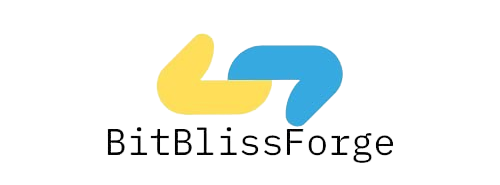
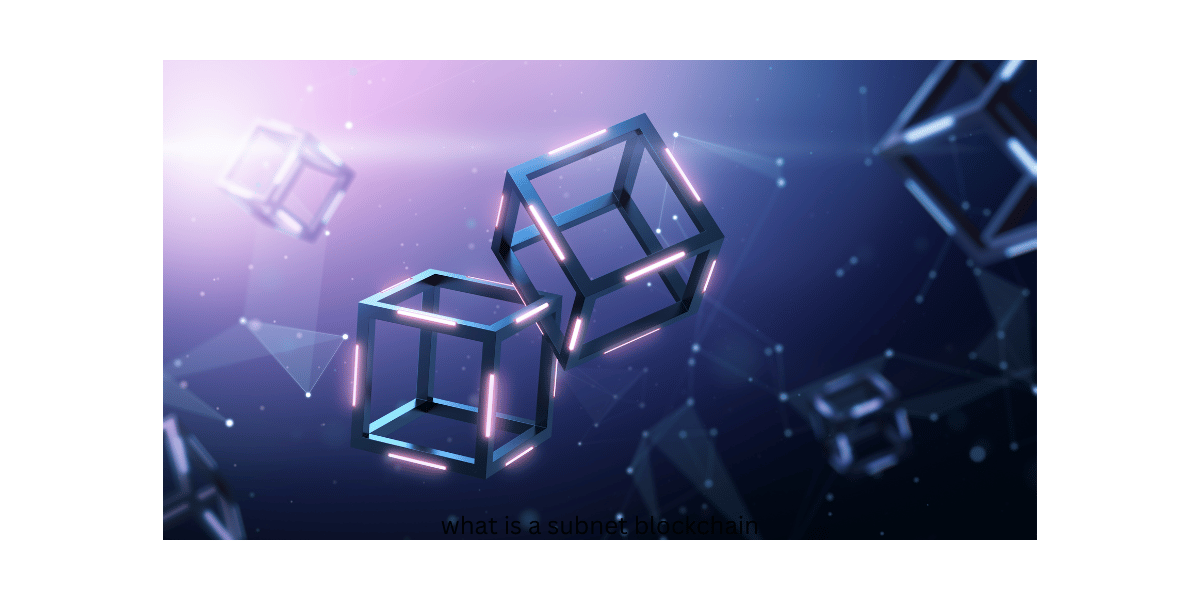
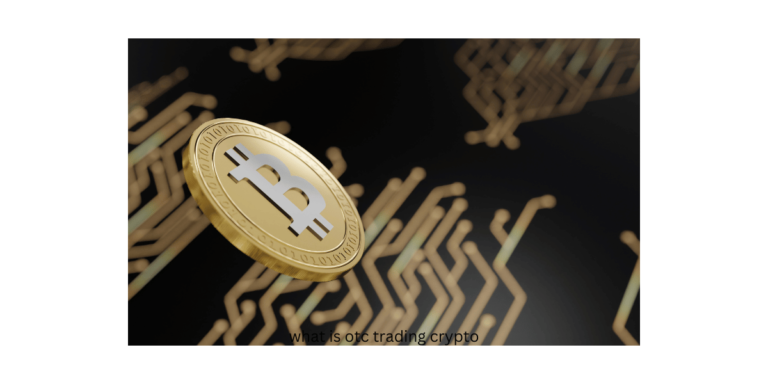
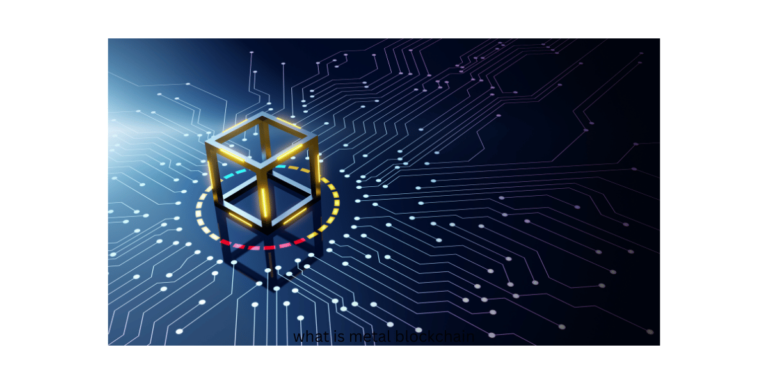
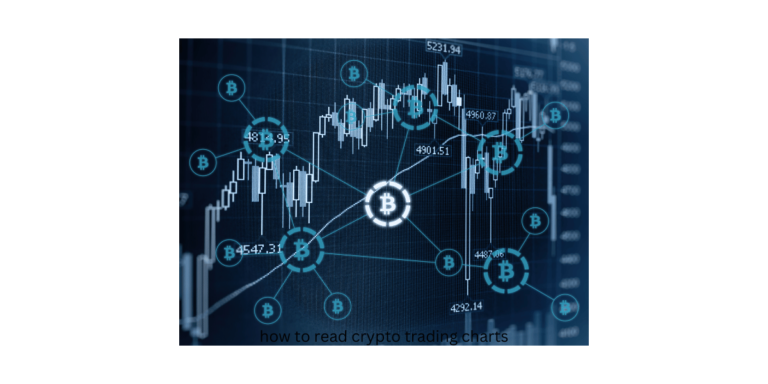


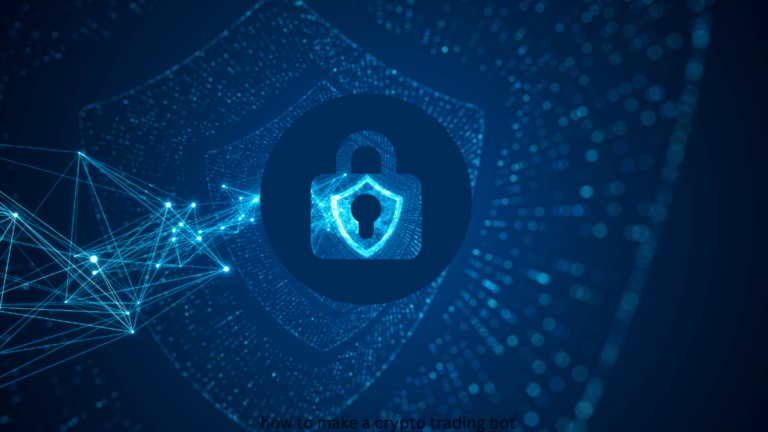
5 Comments